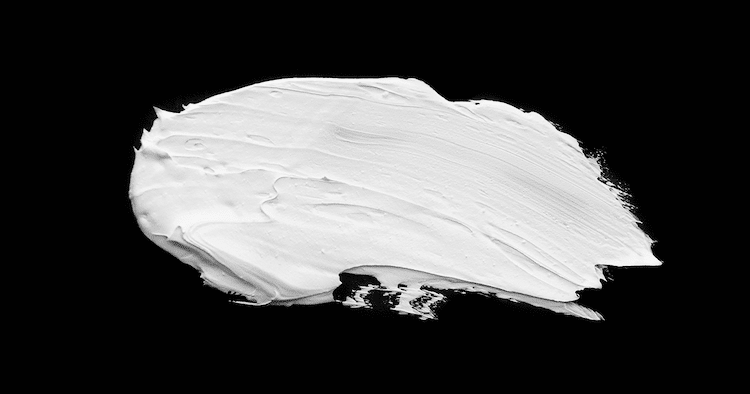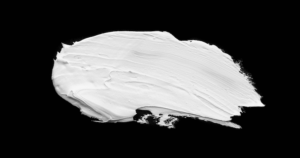Paint Against Climate Change

by Jay Joseph ’22
 The National Oceanic and Atmospheric Administration (NOAA) announced in August that July of 2021 was the hottest month ever recorded; however, record high temperatures have been reported each year for the past decade globally without fail. Unfortunately, the more people use air conditioners to cope with the heat, the worse climate change gets. The World Economic Forum projects that air conditioners alone will cause as much as a 0.5-degree rise in temperatures by 2100, and the International Energy Agency reports that the use of air conditioners and fans accounts for about 20 percent of the world’s electricity usage today. Thankfully, many architects, engineers, and scientists are working together to find innovative and efficient ways to make homes and buildings cooler without the use of air conditioning.
The National Oceanic and Atmospheric Administration (NOAA) announced in August that July of 2021 was the hottest month ever recorded; however, record high temperatures have been reported each year for the past decade globally without fail. Unfortunately, the more people use air conditioners to cope with the heat, the worse climate change gets. The World Economic Forum projects that air conditioners alone will cause as much as a 0.5-degree rise in temperatures by 2100, and the International Energy Agency reports that the use of air conditioners and fans accounts for about 20 percent of the world’s electricity usage today. Thankfully, many architects, engineers, and scientists are working together to find innovative and efficient ways to make homes and buildings cooler without the use of air conditioning.
According to Britannica, this style of climate-conscientious design known as green architecture is the “philosophy of architecture that advocates sustainable energy sources, the conservation of energy, the reuse and safety of building materials, and the siting of a building with consideration of its impact on the environment.” MCPS has employed several different forms of green architecture, including geothermal systems and vegetative roofs, on several of its school buildings. However, a recent technological advancement may severely reduce the need for air conditioners across the world.
After seven years of research, engineers at Purdue University have created the whitest ultra-white acrylic paint. The average commercial white paint cannot make surfaces cooler than the ambient temperature, reflecting only 80-90 percent of sunlight, but this new ultra-white paint reflects 98.1 percent of sunlight. This makes it possible to keep surfaces cool by reducing the amount of infrared heat absorbed.
“If you were to use this paint to cover a roof area of about 1,000 square feet, we estimate that you could get a cooling power of 10 kilowatts. That’s more powerful than the central air conditioners used by most houses,” explained Xiulin Ruan, a professor of mechanical engineering at Purdue University, in the university’s podcast This is Purdue.
The use of titanium dioxide (a white pigment derived from titanium), barium sulfate, and varying particle sizes allowed the paint to reflect huge amounts of light. Barium sulfate, a compound used in photo paper and cosmetics, makes the paint reflective and, as a result, very white. The different particle sizes of this compound allow the paint to separate more of the light spectrum from the sun, reducing infrared heating.
The engineers explained that they aimed to fight climate change by increasing energy savings when they started this project seven years ago. That said, while a higher concentration of barium sulfate could make the paint more white, it would not align with the project’s goals since it would increase the likelihood of the paint breaking or peeling.
“The innovations were pushed by the challenges we were facing and that’s how science and engineering work,” said Ruan. After the Leaders Summit on Climate in April, world leaders have set ambitious goals to combat climate change and they must turn to scientists and engineers if they wish to achieve these impressive goals.